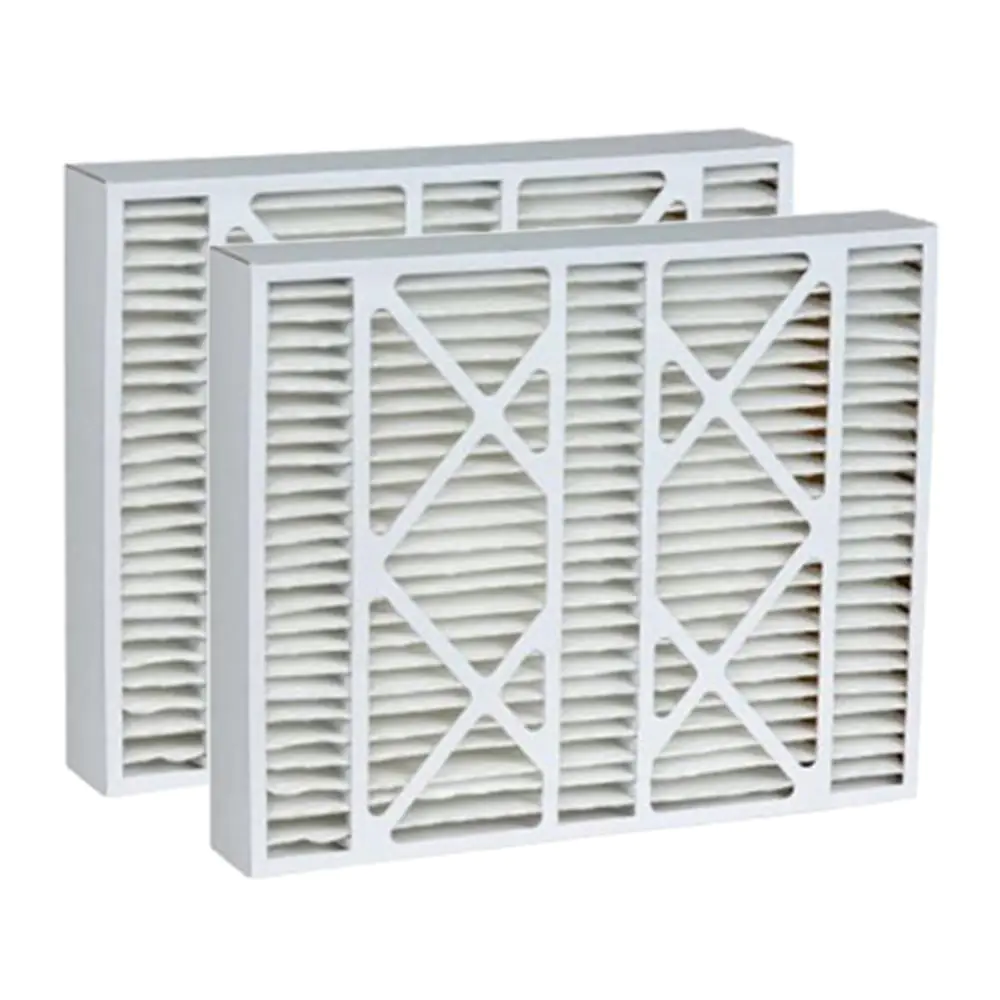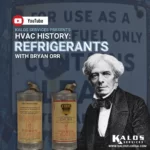Some of the most common questions we hear our customers ask are: “Which air filter is the best? Is my air filter good enough? How can I know which air filter I need?”
As nice as it would be to have a filter that works for everyone, the “best” filter is a bit different for each system. We have to consider a few things before settling on the “best” air filter for a customer. This article will cover the things we consider when selecting an air filter, how you can choose the best filter for you, and where to find the right filter for your system.
CONSIDERATIONS: WHERE IS THE AIR FILTER LOCATED?
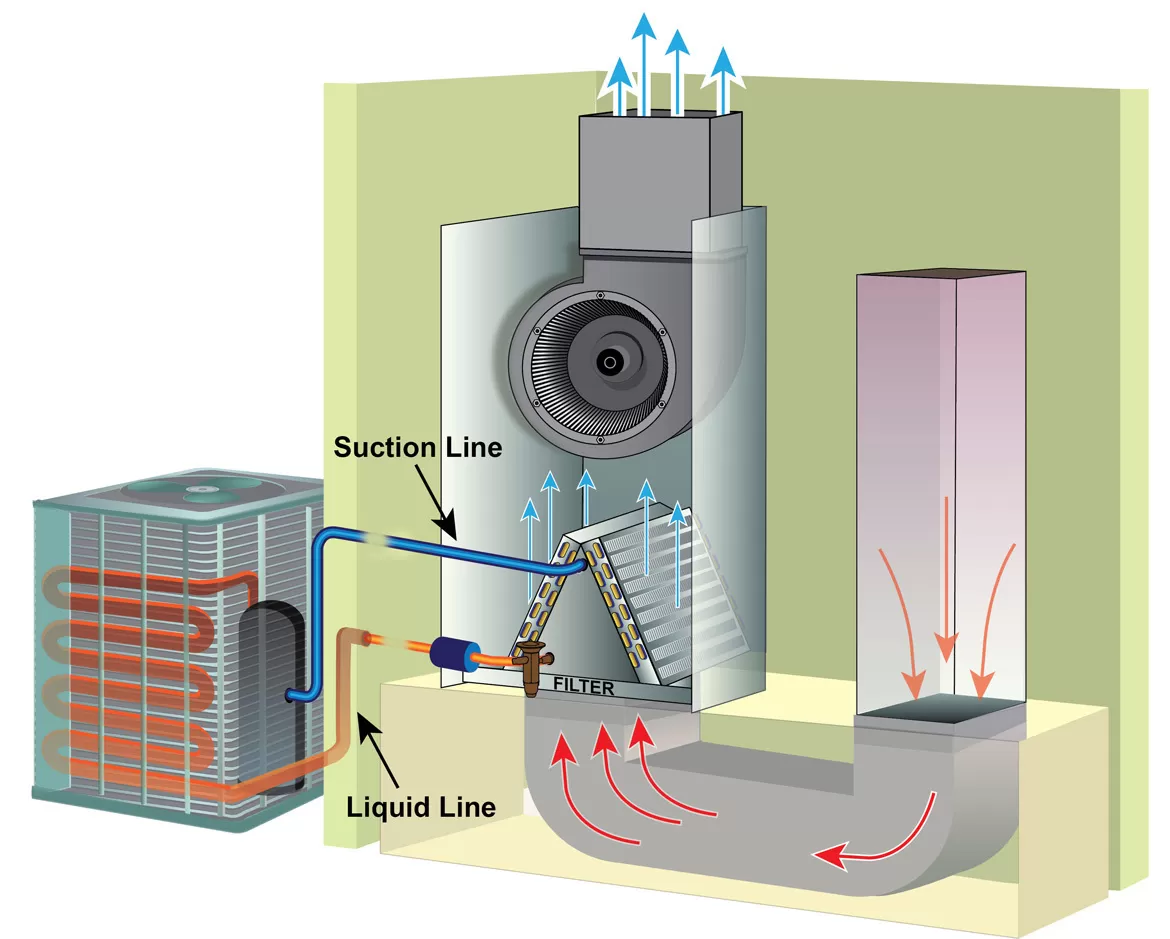
One of the first things we have to consider is the placement of the current filter. Filters can go in several different places within the HVAC system.
Some systems have a filter at the return grille (the vent that sucks in the air); we call those filter back return grilles. In some cases, houses have multiple filter back return grilles. These tend to be a bit larger than the supply vents and may resemble the vent below:
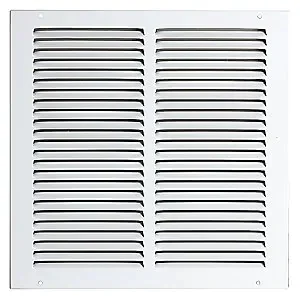
Filters could also be located at the unit (like in the first illustration); there is sometimes a slot at the air handler where you can insert a filter. Some people even have a specialized filter cabinet (which is generally a worthwhile add-on).
This element of system design will give us a clue as to which air filter might be best for your home.
CONSIDERATIONS: WHAT ARE YOUR IAQ CONCERNS?
Each customer has slightly different indoor air quality (IAQ) concerns, so our technicians try to understand where each customer stands.
Most people want their homes to be healthy; most of us would prefer to live in a home without allergens, bacteria, fungal spores, viruses, and noxious gases. However, some customers have pets and plants that contribute to the allergens in a home, and others may have children with asthma or sensitivities that need to be taken into account.
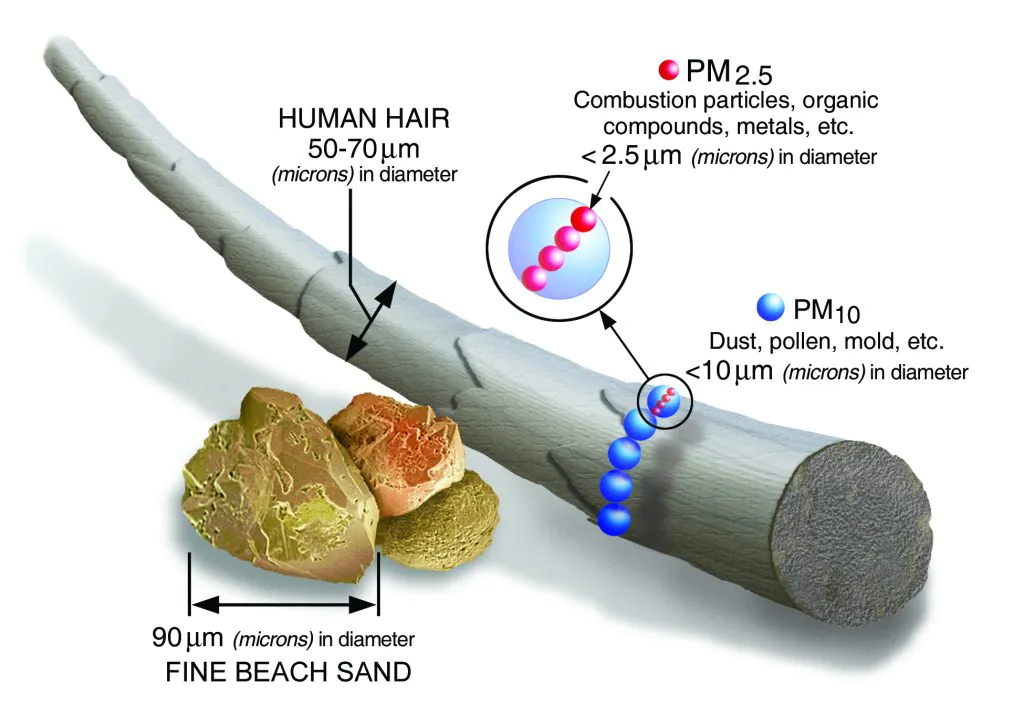
Customers who have pets and plants may simply need to change their filters more often than other people. Nevertheless, listening to a customer’s IAQ needs can help us get a better idea of how we can find the best filter for that customer’s A/C unit. If customers want us to get an idea of their home’s indoor air quality, we can use IAQ meters or particle counters.
You can also protect yourself from dangerous gases WITHOUT putting much weight on filter selection. I highly recommend that customers with gas appliances in their homes purchase a low-level carbon monoxide (CO) monitor. A filter won’t help too much with CO, but a low-level CO monitor can keep you from getting sick.
CONSIDERATIONS: WHAT IS THE AIRFLOW?
System airflow is another thing we need to consider. If the system airflow appears to be rather poor, then a filter that’s too thick could cause too much of a pressure drop. So, we train our technicians to measure the pressure drop across the filter with a CLEAN filter in place. (Dirty filters can cause a greater pressure drop.)
We also have to look at static pressure. Static pressure refers to the pressure of the air pushing against the ductwork; it isn’t a direct measure of airflow. However, static pressure is an airflow indicator. When determining system airflow, our technicians check the static pressure and refer to the design static pressure rating to get an idea of the system airflow. We can take those readings and see how they stack up against pressure drops across notable components, like the filter or, in furnaces, the coil. As you can see below, the pressure drop locations vary a little depending on whether you have a furnace or fan coil.
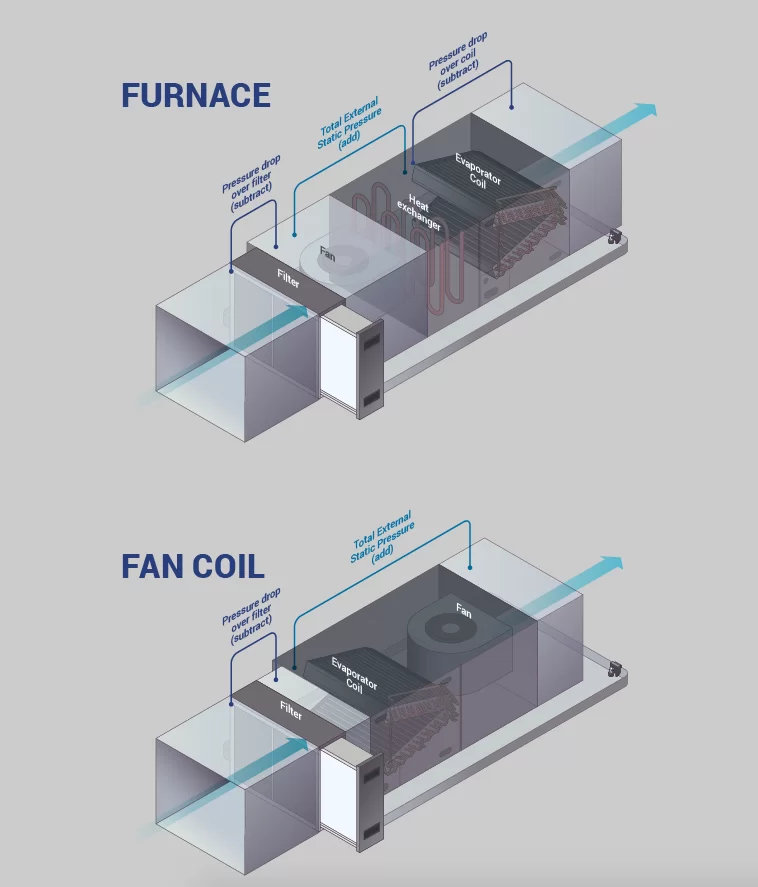
Air velocity (the actual speed at which the air is moving) is also important. When air moves faster, it becomes harder to clean; that air would attempt to escape through gaps and cracks, whereas slower-moving air has more time to dwell on the filter. The particles can come out more easily in the latter case.
CHOOSING THE RIGHT FILTER FOR YOUR SYSTEM
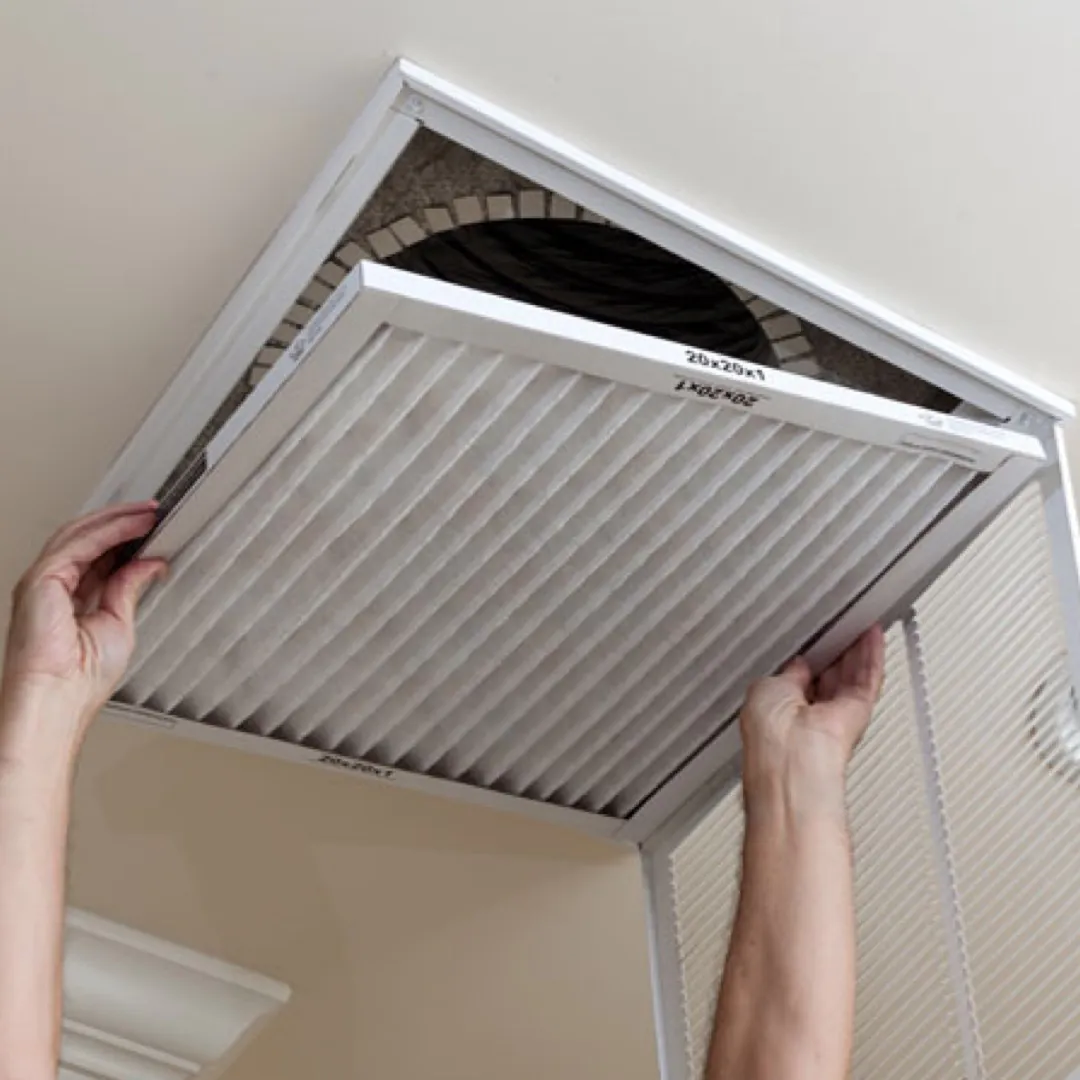
When we take all of the above into consideration, we try to match the filter to your system design, filter slot/grille size, and IAQ concerns. The most basic criteria we can use to get the “right” system is the filter size; it has to match your filter slot or grille so that it can fit. A filter that’s too big won’t fit at all. On the other hand, a filter that is too small won’t clean all the air effectively; air can bypass the filter and dump a bunch of dust and bacteria on your A/C equipment.
If your system can fit a 4″ filter, you can expect better filtration, airflow, and longevity due to the increased surface area and depth. In cases where it is possible, it may be worthwhile to consider using 4″ media filters instead of 1″ filters.
If using a 4″ filter is not currently possible but you would like to use one, then you may want to consider upgrading your system to include an oversized filter cabinet. Even though modifying the system and buying deeper filters come at a cost, 4″ filters typically don’t need to be changed as often as shallower ones and have a greater surface area to catch more pollutants.
MATERIAL TYPE
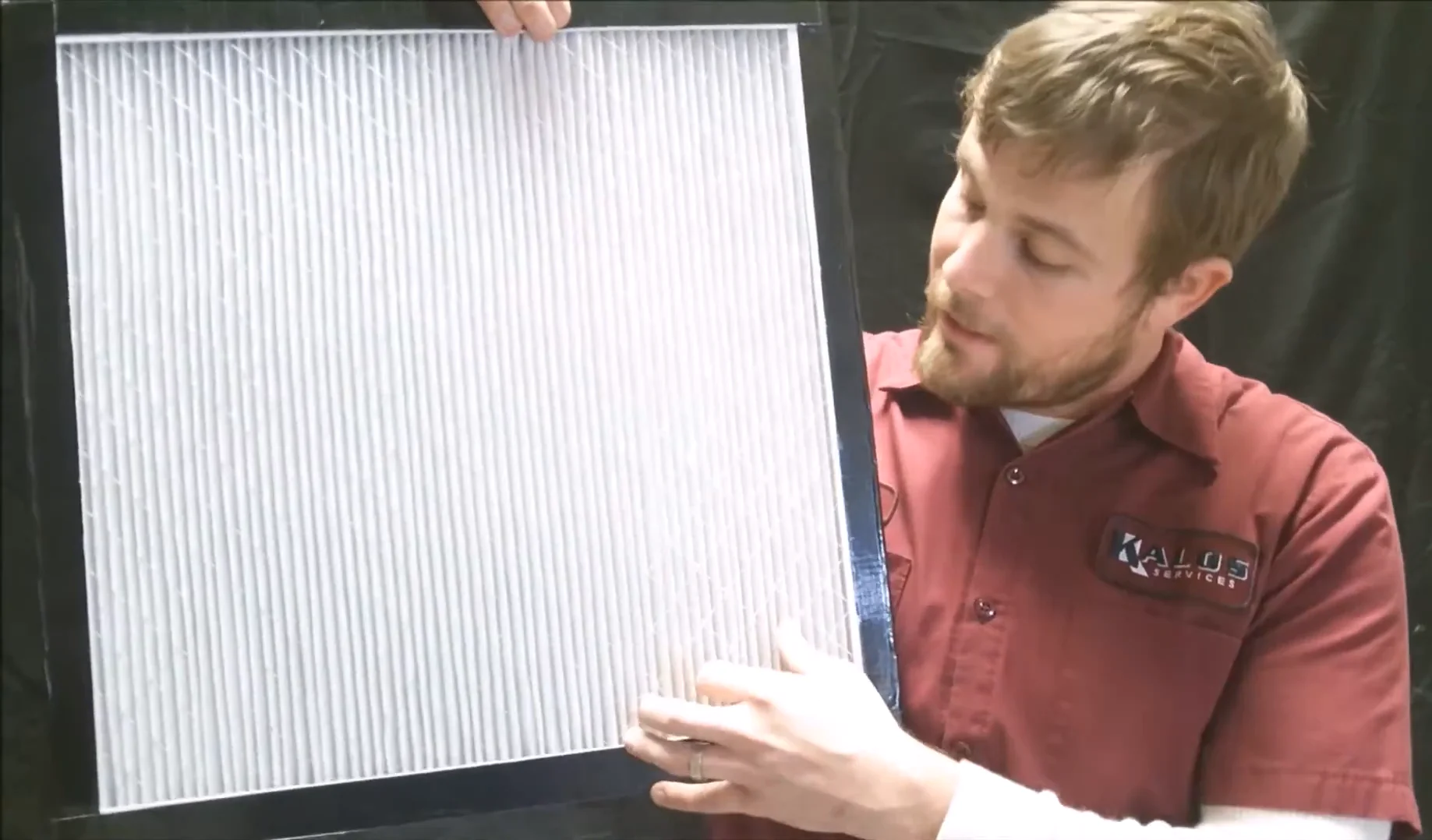
In general, you will want to stay away from fiberglass filters. These filters are very cheap, but they don’t catch very much; we sometimes jokingly call them “boulder catchers.” Even though it would stand to reason that fiberglass filters allow for better airflow, these filters have more drawbacks than advantages, and the value is just not there.
Electrostatic and carbon filters are generally very effective at catching pollutants in the short term, but their effects wear off over time. It’s often best to use pleated filters with high-quality media instead. Filters with deeper pleats have a higher surface area than those with shallower and fewer pleats, and the pressure and velocity drops are minimal.
You can check out an older video where we did an experiment comparing various filter materials. You can watch it on our YouTube channel HERE.
MERV RATINGS
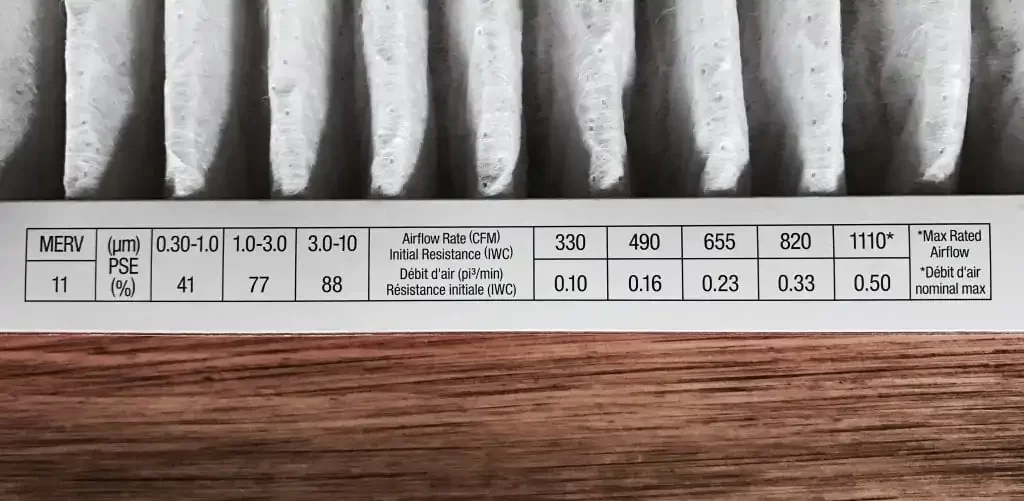
Then, we consider the MERV rating, which is the measure of how effectively an air filter can capture particles of varying sizes. MERV ratings are on a scale from 1 to 20; the lower end doesn’t catch much at all, and the higher end tends to be reserved for buildings like hospitals. The American Society of Heating, Refrigeration, and Air-Conditioning Engineers (ASHRAE) used to recommend MERV 6 filters as the bare minimum. However, nowadays, ASHRAE recommends using a MERV 13 filter.
A higher MERV rating is typically more desirable from an IAQ standpoint. The third edition (2018) of the EPA Technical Summary of Residential Air Cleaners also recommends a MERV 13 filter for every HVAC system (or as high a rating as the system will allow). Allergy sufferers, in particular, can benefit from a MERV 13 filter over an industry-standard MERV 8 filter; the MERV 13 can remove more, smaller particles from the air.
It’s worth noting that we also need to pay attention to airflow rates and pressure drops when determining an appropriate MERV rating for your system. Higher-MERV filters capture more particles and can clog up more quickly; over time, that can increase airflow resistance, especially with 1″ filters, and we need to watch that carefully. In general, deeper filters (i.e., 4″ filters) are worth considering if you’re looking for filters with higher MERV ratings.
Of course, filter care and maintenance still matter a lot regardless of which filter you think is best for your system. The absolute worst filter is a dirty filter, which can lead to airflow resistance and higher power bills. So, keeping up with your filter changes will do a lot of good for your HVAC system.
If you want to learn about ways your air filter may be costing you money, check out our article about it at https://www.kalosflorida.com/air-conditioning/air-filter-costing-money/.

